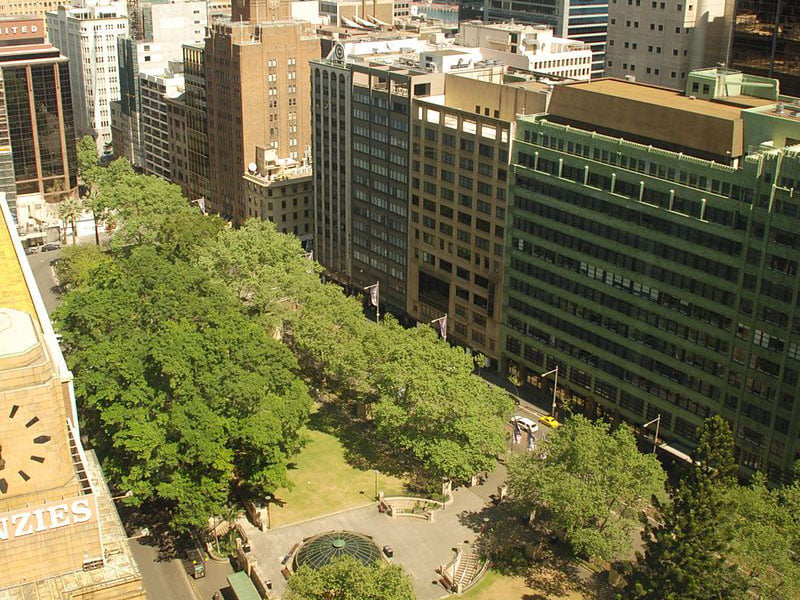Government should take a leadership role in building the cultural and liveability infrastructure needed to develop innovation precincts, but more direct public support for them also helps underpin success, according to new research by the NSW government.
An 80-page report released by the NSW Innovation and Productivity Council examines the features of successful innovation precincts – both here and around the world – in an attempt to describe the key features that make them successful and identify the obstacles that can hold them back.
The NSW IPC said the document did not reflect the NSW government’s strategy for developing innovation precincts, but was rather a guide for businesses and investors considering optimal locations for such hubs.

“NSW is well-positioned to learn from this international experience and build on our industry strengths – from med-tech and healthcare, finance and business services, to IT, defence, science and engineering and creative industries, said the NSW IPC chairman Neville Stevens.
“A number of locations in NSW cities and regions already host innovation ecosystems that are creating and commercialising new products and services,” adding that local businesses, universities, startups and local councils worked together to make these places happen.”
NSW Deputy Premier John Barilaro said that the new report would provide a way to build on the body of experience accumulated from the development of innovation precincts around the world.
“The report complements the State’s overarching planning, place-making and innovation policies, including the work of the Greater Sydney Commission, the NSW State Infrastructure Strategy, Future Transport Strategy, NSW Innovation Strategy, and the work of Jobs for NSW,” Mr Barilaro said.
The report identified common features of precincts that have failed to develop into successful innovation hubs.
The IPC placed poor market demand at the top of its list, and warned that risk tended to follow precincts driven by political will rather than market factors.
Poor pre-conditions for R&D, such as restrictive intellectual property control, also tended to be less friendly to development of successful innovation precincts. And poor access to skills and capital also ranked high on the IPC’s list of features that inhibit the growth of precincts.
At the same time, the IPC found that highly functional precincts typically delivered higher than average export growth.
Productivity in these innovation precincts was also expected to be higher with the research revealing that in 2015, worker productivity Silicon Valley was 1.7 times the US average.
“Successful precincts make productive use of land and buildings and capture more returns on sunk public investments in infrastructure facilities, government funding for research and development and the education of workers,” the NSW IPC report said.
“Precincts can offer a means for NSW to better leverage investments in major assets such as hospitals, universities and airports and to accelerate an economic transition to a more diversified economy.”
Do you know more? Contact James Riley via Email.

